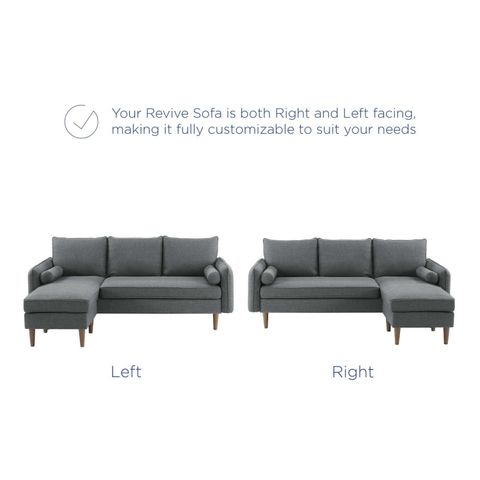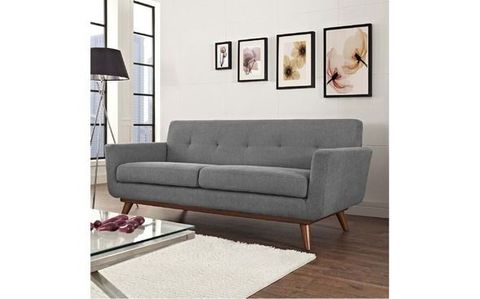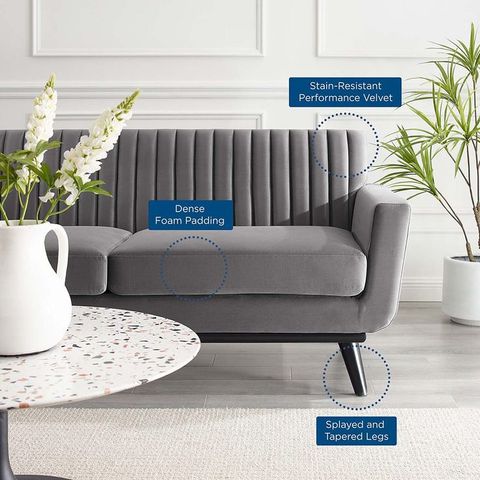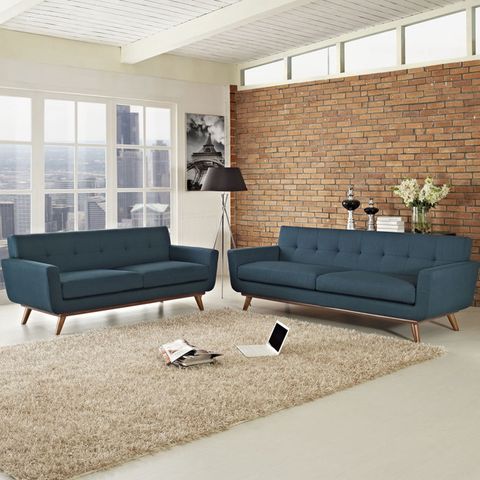Imagine walking into a room where every piece of furniture seems to belong together, where colors dance in perfect harmony, and everything feels just right. That’s the magic of choosing the right color scheme for your living room furniture. It’s not just about picking pretty colors – it’s about creating a space that feels like home, that speaks to your personality, and that makes you want to spend time there.
The living room is often the heart of the home, where families gather, friends visit, and memories are made. So when it comes to decorating, this space deserves special attention. But what happens when you’re staring at dozens of fabric swatches and paint samples, feeling overwhelmed by choices? The secret lies not in choosing random colors, but in understanding how they work together. Think of it like cooking – you need ingredients that complement each other rather than clash. Your living room furniture isn’t just about style; it’s about creating a visual symphony that makes everyone feel comfortable and at ease. Let’s explore how to choose that perfect color scheme that will transform your space.
Understanding Color Psychology in Living Spaces
Colors don’t just sit on walls – they influence how we feel and behave. When you’re selecting furniture colors, think about the mood you want to create. Warm tones like reds, oranges, and yellows tend to make spaces feel cozy and inviting. They’re perfect for conversation areas where you want people to linger. Cool blues and greens, on the other hand, bring a sense of calm and tranquility. These colors work wonderfully in spaces where relaxation is key. Did you know that blue can actually reduce stress levels? Green promotes feelings of renewal and balance. The key is matching these emotional responses to how you use your living room. A bright yellow sofa might energize a playroom, while a deep burgundy chair could add sophistication to a reading nook.
The Rule of 60-30-10 for Perfect Color Balance
This classic rule helps create visual harmony in any room. Start with your main color – usually your walls or largest furniture piece – which should take up about 60% of your space. Next, add a secondary color that complements the first, making up roughly 30% of your elements. Finally, introduce an accent color that brings energy and interest, accounting for around 10%. For example, if you choose cream walls (60%), then add navy blue chairs (30%), and finish with golden throw pillows (10%). This formula prevents overwhelming your senses and creates a pleasing visual rhythm. It’s like having a musical composition where one instrument leads, others support, and a solo adds excitement. Try this approach with different furniture pieces to see how it transforms your space.
Matching Furniture Colors to Your Existing Decor
Before buying new furniture, take stock of what you already have. Look at your existing artwork, rugs, and accessories. Notice the dominant colors in these items. If you have a lot of earth tones in your current decor, consider grounding new furniture in similar warm browns and muted greens. The goal is continuity, not repetition. Imagine you have a beautiful wood coffee table with rich amber tones. You could pair it with furniture in warm beige or burnt orange shades. Or if your room features lots of white and silver, you might want to add some furniture in soft gray or sage green. Sometimes the most stunning combinations happen when you build upon what’s already working in your space rather than starting from scratch.
Consider Natural Light and Room Size
Lighting affects how colors appear dramatically. A room with abundant natural light can handle bolder, deeper colors without feeling cramped. But in smaller spaces with limited light, lighter tones reflect light and make the area feel more open. Think about how the sun moves through your room throughout the day. Does it hit one wall more than others? That’s where you might want to add a little more color or texture to keep things interesting. A large window might make a dark blue sofa look dramatic, while the same shade in a narrow, poorly lit room could make everything feel heavy. Consider using mirrors strategically to bounce light around and make even dark furniture appear lighter and more airy.
Texture and Material Play
Don’t forget that color isn’t just about hue – it’s also about texture and material. A soft velvet sofa in deep purple looks completely different from a linen couch in the same color. The way light reflects off different surfaces changes how we perceive color. A wooden coffee table might look warm and natural in a light brown, but the same shade on a glossy surface could appear more intense. Textured fabrics like tweed or linen can soften bold colors and add visual interest. Mixing materials also works well – try pairing a sleek metal side table with a soft fabric armchair. The contrast creates depth and prevents monotony. Experiment with combining smooth and rough textures to create layers that make your furniture feel more dynamic.
Practical Tips for Testing Your Color Choices
Before making big purchases, test your color scheme in small ways. Paint a small section of your wall or place a sample fabric in your room to see how it looks in actual lighting conditions. Some colors look completely different under artificial light compared to sunlight. You can also use online tools or apps to virtually place furniture in your space. But nothing beats seeing it in person, especially during different times of day. Another helpful trick is to bring home small decorative items in your chosen colors before committing to major furniture pieces. A throw pillow, a lamp, or a picture frame can help you gauge whether the color works with your overall aesthetic. Remember, it’s better to make small adjustments now than to regret a major purchase later.
Choosing the right color scheme for your living room furniture isn’t rocket science, but it does require thoughtful consideration and a bit of experimentation. The key is balancing personal taste with practicality, considering how colors affect mood and perception, and ensuring everything works together harmoniously. Whether you prefer bold statements or subtle elegance, remember that your furniture should enhance your lifestyle rather than complicate it. Don’t be afraid to try new combinations – sometimes the most unexpected pairings create the most beautiful results. The best color scheme is one that makes you feel good every time you walk into your living room, so trust your instincts and enjoy the process of creating a space that truly feels like home.














